No one cheers for the new Club World Cup? Messi + Real Madrid is difficult to save the market, and $1 billion is difficult to fill the pit!
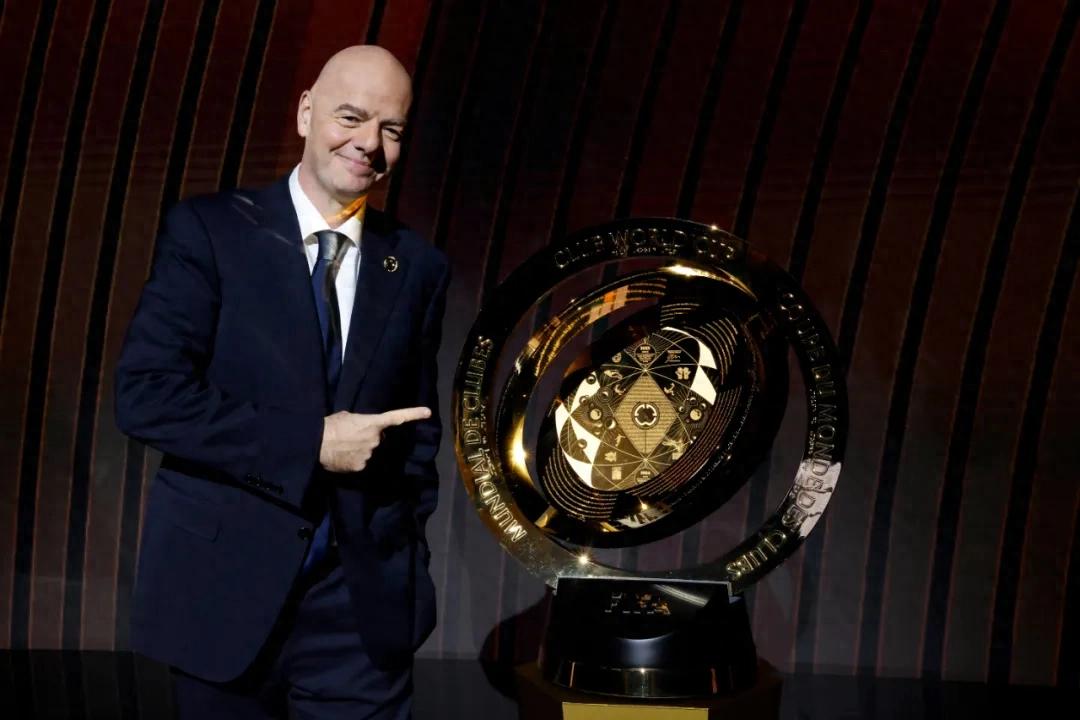
The reporter reported coldly In the early morning of December 6, Beijing time, the draw results of the group stage of the 2025 32-team version of the Club World Cup were announced. With the results of the broadcaster and group stage draws settled, the new version of the Club World Cup is really here! But this new event, which has been coldly received by the football market and riddled with lawsuits, still seems to be unapplauded. There are very few popular matches that can attract spectators in the group stage, and the world football world is still more dissatisfied with the new version of the Club World Cup, worried and wait-and-see, FIFA hopes that the new version of the Club World Cup can be compared with the men's World Cup, and it seems that it is difficult to meet expectations at present.

The draw for the new edition of the Club World Cup has been announced, with only a few games in the group stage being attractive. Messi's Inter Miami is not in the same group as the most popular European giants, Palmeiras and Porto are difficult to call strong teams in the first two gears, plus Miami International's opening opponent Cairo National, Messi alone has to rely on Messi to support his popularity in the three group stage games.
The only popular European giants in Europe are Paris and Atletico Madrid in Group B, Manchester City and Juventus in Group G, and only Bayern vs Boca Juniors in Group C, Chelsea vs Flamengo in Group D, River Plate vs Inter in Group E, and "Mune" in Real Madrid and Riyadh Crescent in Group H may be able to make North American stadiums more drainage gimmicks. Borussia Dortmund have the best draw in Group F, but it also means that it will be difficult for the group to gather popularity.
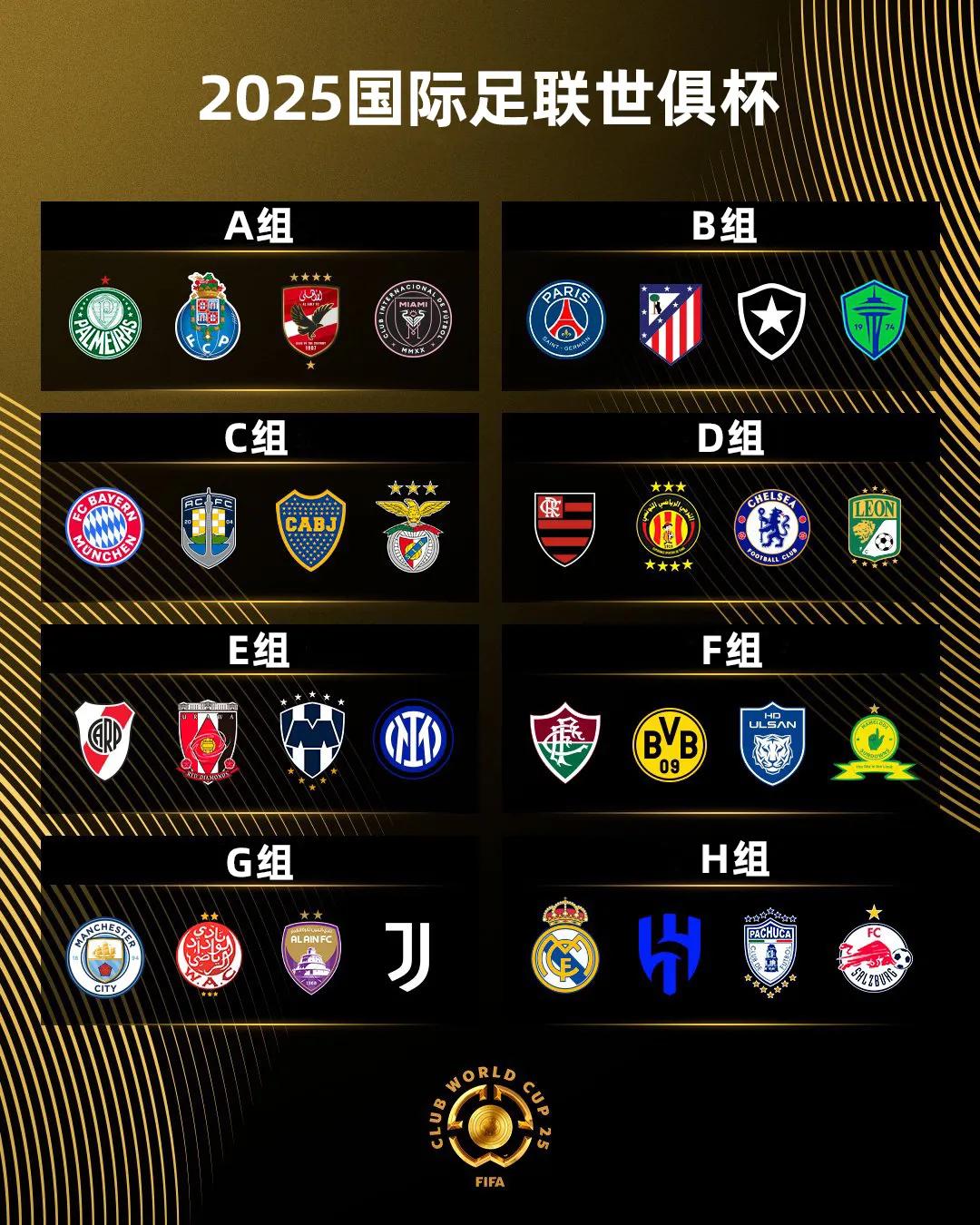
As for the knockout round, because there are two European teams in Group B, Group C, Group G and Group H, theoretically Messi's Inter Miami will most likely meet their old owners Paris or Atletico Madrid in the 1/8 finals. Chelsea could play Bayern/Benfica, while Manchester City/Juventus could meet Real Madrid in the quarter-finals. FIFA tried its best to maintain a certain attendance in the 1/8 finals, but in fact, except for these European and South American giants, Messi's Inter Miami and Neymar's Riyadh Crescent, it is difficult for other teams to have a considerable attendance. Most of the group stage of the Club World Cup will inevitably be a "chicken rib game" that is difficult to attract spectators.
After all, only 11 of the top 20 football clubs in the world's social media platform fan rankings participate in the new version of the Club World Cup. The popular Barcelona, Manchester United, Liverpool, Arsenal, Tottenham, AC Milan and other European giants, and even Ronaldo's Riyadh Victory did not participate in the tournament, and Corinthians, Sao Paulo, and Mexico America, which ranked first in the number of fans, also failed to qualify, which seriously affected the expected attendance of the Club World Cup.

Last year's Club World Cup in Saudi Arabia, with the exception of hosts Jeddah United, South American champions Fluminense and European champions Manchester City, the rest of the tournament attendance was very dismal. Even at the Prince Faisal Stadium, which has a capacity of only 27,000, the CONCACACAF and Asian champions had less than 10% attendance. The third-place match of the Club World Cup between the Asian and African champions has just surpassed 10,000 spectators. This is true for the Club World Cup, which only has seven teams, let alone a 32-team Club World Cup, and there are even more teams that are not big clubs and less popular.
North American audiences are more enthusiastic than Saudi Arabia, but they are also less interested in giants outside Europe and South America. This summer's European Club North American Business Match is a case in point: the North American market has only received positive feedback from European giants, with only 12,000 fans in attendance and an attendance of just 18 per cent for West Ham's match against Crystal Palace. This is also the result of the Premier League's live broadcast in North America, which naturally has influence. Except for a few matches between European and South American giants, most of the rest of the Club World Cup matches are probably a problem for attendance. The knockout round will not reach its climax until the quarterfinals or even the semifinals, and it depends on whether the European giants are "alive". Even if FIFA allows Messi's Inter Miami to play the opening game, it may be difficult to save the Club World Cup market.
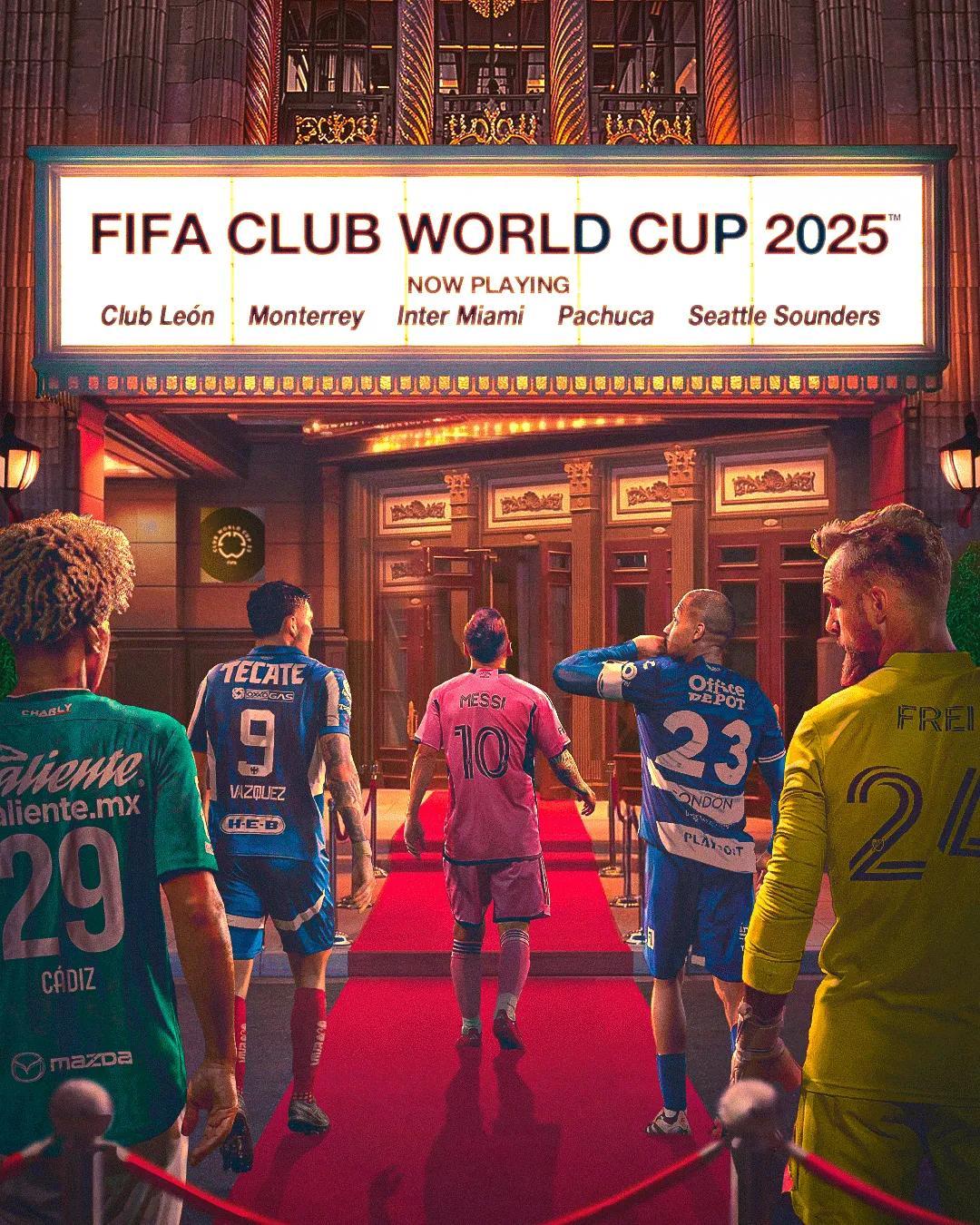

Although FIFA hastily signed a $1 billion broadcast contract with DAZN just before the draw for the Club World Cup. However, the contract amount is only 1/4 of the psychological price of FIFA, and DAZN, as a paid platform, broadcasts the event worldwide for free in order to increase viewership as much as possible. But the $1 billion royalties can only ensure that the Club World Cup can be financially functioning as scheduled.
Previously, FIFA President Gianni Infantino promised that each team would have a participation prize of $50 million, and the total income of European giants would be at least $80 million, and the championship prize would reach $100 million. With a total prize fund of $2.65 billion, the tournament is known as the world's highest club tournament. However, the pledge was based on the expectation of a $4 billion Club World Cup royalties, but the reality was only $1 billion, which obviously did not cover the huge total prize money. FIFA has not yet announced the specific distribution of prize money for the tournament, and the European and American media generally estimate that it is likely to be paid by the Saudi Public Investment Fund, but everything is still unknown.
Prize money is the main driver of European giants' participation in the Club World Cup, and UEFA has surged the total prize money for the 2024/25 Champions League season to US$2.71 billion from US$2.19 billion last season, surpassing FIFA's original Club World Cup prize total. If Infantino fails to deliver on his bonus promise, it could affect the commitment of European giants to participate in the Club World Cup in the future.
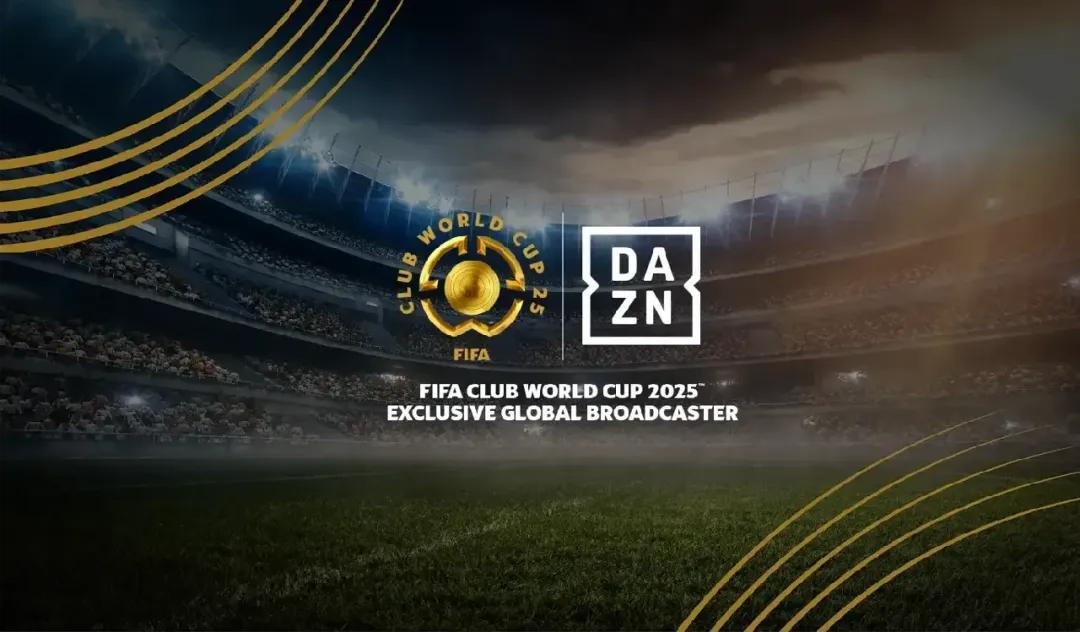
In order to increase the popularity of the new version of the Club World Cup, FIFA has spared no effort. Unfortunately, not only is the copyright income much lower than expected, but only 4 exclusive sponsors of the event have been negotiated, and they are all "technical sponsors". At the heart of the Club's Club World Cup reception remains the lack of influence of the participating teams and the European League and FIFPRO lawsuits.
FIFA deliberately set up a "Club World Cup transfer window" from June 1 next year, hoping that the Club World Cup teams will sign superstars to increase the attention of the event. But even if the stars sign early, it is difficult for them to go to North America for a temporary "play-off" just after the end of the season. At that time, the Club World Cup was a "too many games" protested by European giants and players that seriously threatened the health of players.
Although the draw of the Club World Cup seems to be in place, there is still too much uncertainty about achieving FIFA's expectations. After all, the original Club World Cup, which was equally ambitious and promoted by FIFA 24 years ago, barely held its first edition in Brazil, and was forced to suspend the following year due to the bankruptcy of the tournament partner company ISL, and it was not until 2005 that it was revived with the shell of the Toyota Cup.
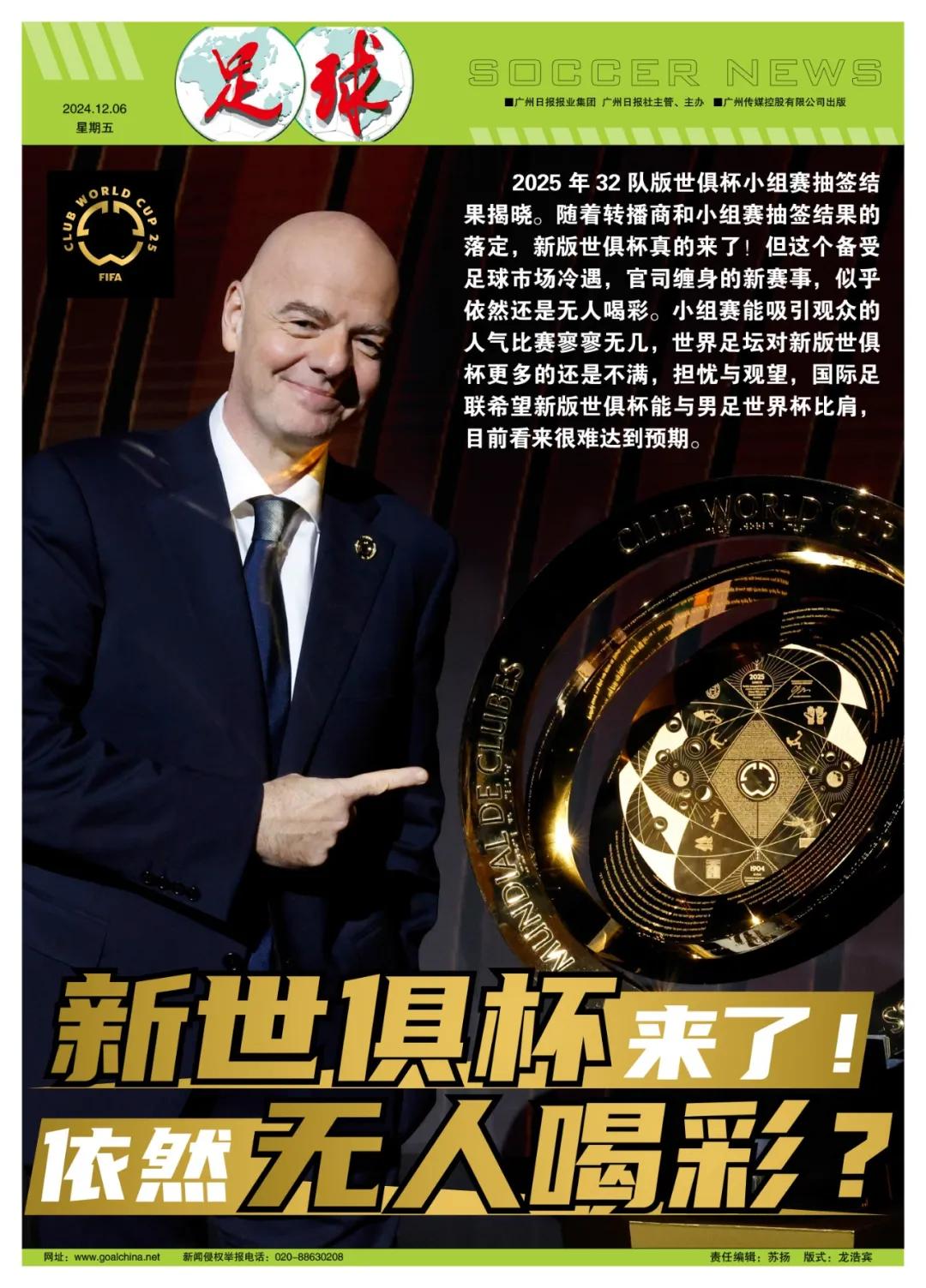


Wonderfulshortvideo
User ceshi has posted a video.


Messi’s best years for G/A 💀


Arsenal through and through 👊🔴


User ChampionChatter has posted a video.


This list of players 😮💨


User PlaymakerHub has posted a video.








 Links
Links
 Contact
Contact
 App
App


